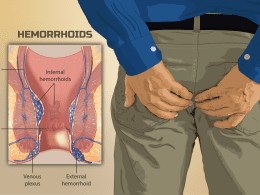In a concerning trend, the global medical community is grappling with a sharp increase in tuberculosis (TB) cases among young children, with a 5% surge recorded in 2022 alone. This surge has raised alarms, as TB continues to pose a significant threat to the world’s most vulnerable population.
Tuberculosis, caused by the Mycobacterium tuberculosis bacterium, primarily affects the lungs but can also target other organs. Despite being curable and preventable, TB remains one of the top infectious diseases worldwide, and its impact on children cannot be understated.
According to the World Health Organization (WHO), children under the age of five accounted for approximately 15% of all TB cases globally in 2022. This marked increase has placed renewed urgency on efforts to combat the disease and protect the youngest members of our society.
Several factors contribute to the rise of TB cases among young children. First and foremost is the prevalence of TB in the household. Children living in close proximity to infected family members face a higher risk of contracting the disease. Furthermore, socioeconomic factors, malnutrition, and weak immune systems further compound their vulnerability.
Insufficient access to healthcare services and limited diagnostic capabilities are additional hurdles in combating childhood TB. Diagnosing TB in children can be challenging, as symptoms often mimic those of other common illnesses. Moreover, traditional diagnostic tools, such as sputum tests, are less effective in children, leading to underreporting and delayed treatment.
Addressing this issue demands a multifaceted approach. Strengthening healthcare systems, particularly in low- and middle-income countries, is crucial. Increased investment in diagnostic tools specifically tailored for children, such as newer technologies like molecular testing and Xpert MTB/RIF, can greatly improve early detection rates.
Collaboration between health authorities, research institutions, and NGOs is vital in devising innovative strategies to tackle the TB epidemic. One successful example is the use of community health workers, who play a key role in identifying and referring potential TB cases among children for timely intervention.
Education and awareness campaigns targeted at parents, caregivers, and healthcare providers are equally important. Highlighting the signs and symptoms of TB in children and promoting early diagnosis can lead to improved treatment outcomes and limit the spread of the disease.
While progress has been made in reducing TB incidence rates overall, the rise in cases among young children is a sobering reminder that the fight against this ancient disease is far from over. To ensure the health and well-being of future generations, we must prioritize the eradication of TB, particularly among the most vulnerable.
In conclusion, the alarming 5% increase in tuberculosis cases among young children in 2022 has shed light on a growing crisis that demands immediate attention. The rise in childhood TB underscores the urgent need for enhanced healthcare infrastructure, improved diagnostics, and increased awareness to protect our youngest and most vulnerable population. By acting decisively, we can make substantial progress toward a world where no child falls victim to this preventable and treatable disease.












